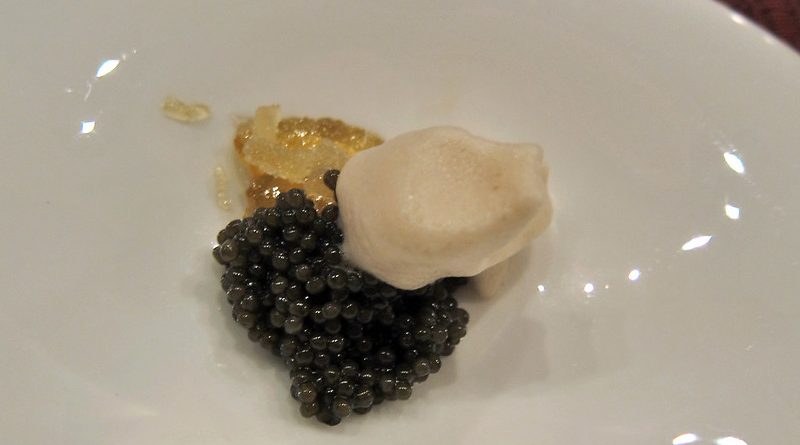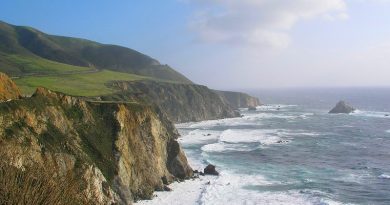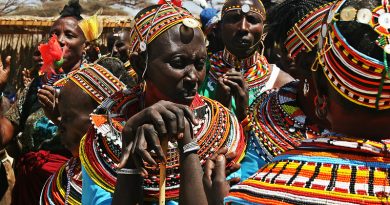Caviar and Honey: Festivals in Russia
Festival Essentials
Where: Throughout Russia – Eastern Europe/Northern Asia
Beliefs: Derive from Orthodox Russian and traditional folk beliefs
Top celebration: A week of rich pancakes with oodles of butter and caviar
The Russian Culture has always been considered unique in the whole world. Here are just some of the festivals celebrated in Russia:
Maslyanitsa – Pancake Week
Maslyanitsa, meaning “butter” in Russian, is a traditional carnival celebrated in the spring just before Lent. During this week, people cook pancakes served with honey, caviar, fresh cream and butter. It means that many different rich foods, including butter, will be eaten before the time when Lent comes. The traditional dish is a big round hot pan-cake, with butter.
The pancakes symbolise the sun. The more butter or honey, caviar and other delicious things, which is put on the pancake, the hotter the sun is expected to be in the coming summer.
Russian pancakes are called blini. They have a slightly sour taste and the thickness of a few playing cards. The light brown bliny are shaped like small suns, accounting for their central role in this pagan festival celebrating the end of winter, when the returning sun brightens the sky.
Nowadays, Maslyanitsa is celebrated at the end of February, as a merry festival with dances, songs, national costumes, attractions for children, hot tea and pancakes served outdoors.
Spas – Harvest Festivals
In August, the last month of the summer season, when the harvest is sown, is the time usually spent to celebrate the three holidays called “Spas”.
The first “Spas” is called Honey Spas which is celebrated on August 14.
The second “Spas” is called Apple Spas which is celebrated on August 19.
The third one is called Nut Spas which is celebrated on August 29.
Spas brings cold dew to lands and meadows. After the first Spas honey is collected, the second Spas brings fresh fruit and the third one, nuts.
Troitsa
The folk holiday called Troitsa is widely celebrated in Russia. On Troitsa the houses are usually decorated with fresh green branches. A maiden’s clothes are put on the young birch-trees and songs and dances round the birch-trees take place. The garlands made of birch branches and flowers are put into water for fortune-telling.
By Noreen Mustapha




